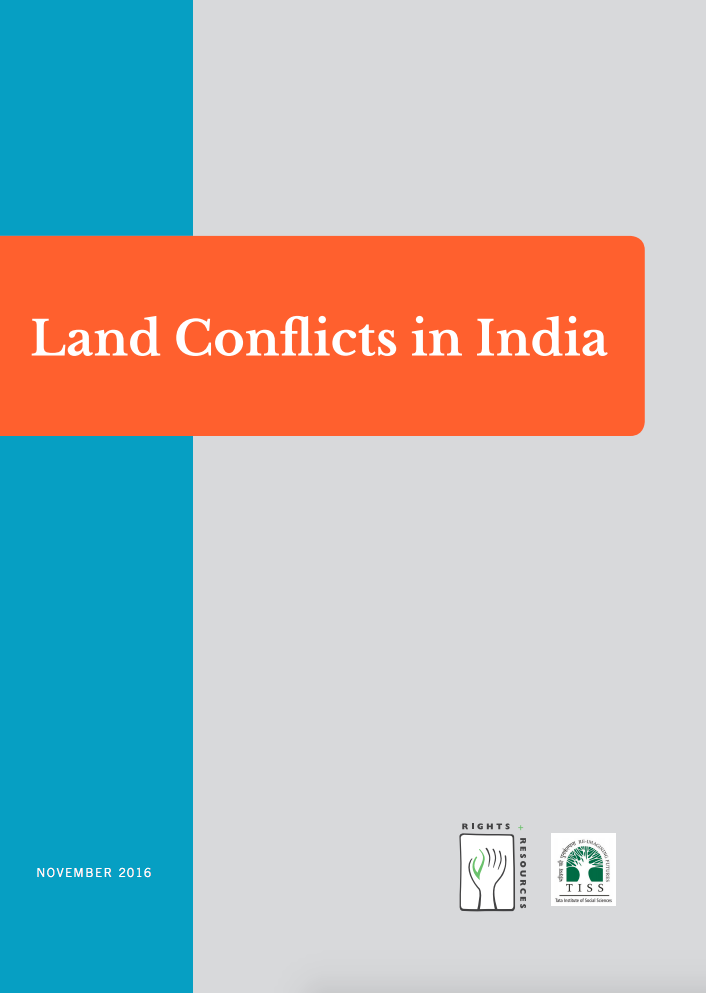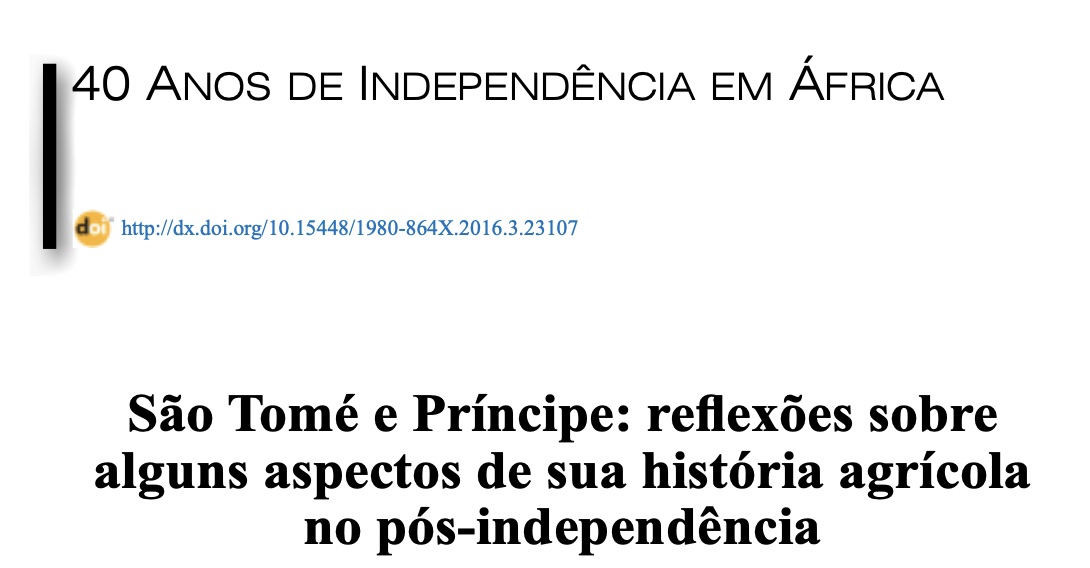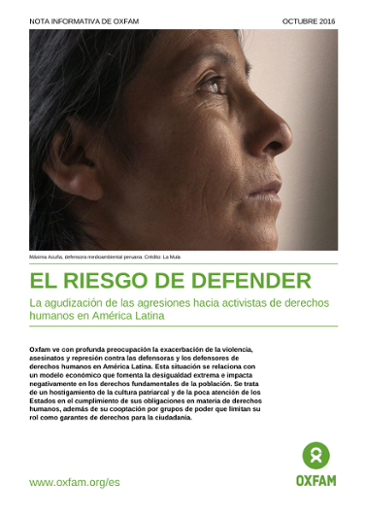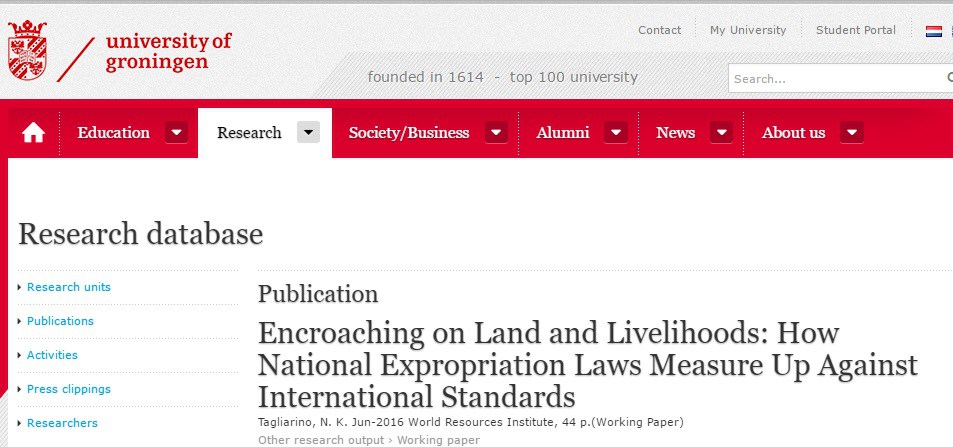Land Distribution, Incentives and the Choice of Production Techniques in Nicaragua
Does the distribution of land rights affect the choice of contractible techniques? I present evidence suggesting that Nicaraguan farmers are more likely to grow effort-intensive crops on owned rather than on rented plots. I consider two theoretical arguments that illustrate why property rights might matter. In the first the farmer is subject to limited liability; in the second the owner cannot commit to output-contingent contracts. In both cases choices might be inefficient regardless of land distribution. The efficiency loss, however, is lower when the farmer owns the land.







